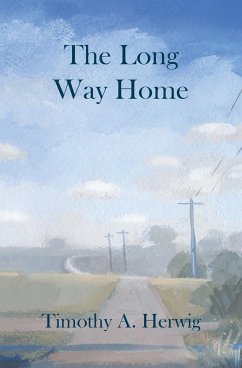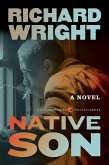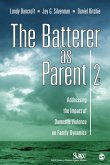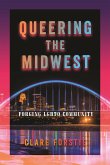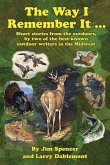This is a closely observed account of the author's 5-week, 500-mile walk from Chicago to Minneapolis and parallel journey through the memories of his traumatic life as a young man. His meetings with people and places along the journey open up the history, culture and experience of the Midwest in a way that will captivate any interested reader.

